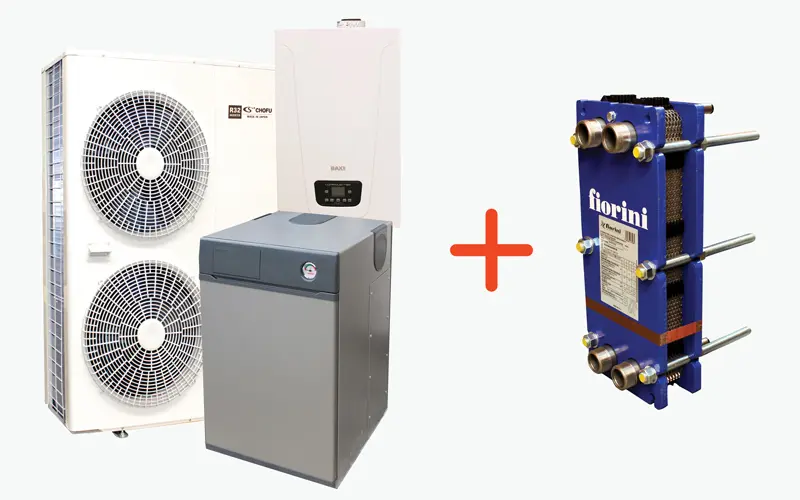Many homeowners in New Zealand enjoy outdoor pools during the summer months. Extending the swimming season into the shoulder periods can significantly enhance the enjoyment and value of your pool. While solar panels, gas heaters, and heat pumps are common solutions, integrating your pool or spa heating with your home's central heating system offers a cost-effective and efficient alternative.
The Benefits of Integrated Pool Heating
- Cost-Effectiveness: Utilising the same system that heats your home for pool heating minimises the capital expenditure and saves the need to purchase a separate pool heating system.
- Versatility: A single system can efficiently heat your home in winter and your pool in summer.
- Reliability: Heat exchangers, the core component of this system, are durable and require minimal maintenance, reducing the wear on the heat source.
- Indoor Pool and Spa Compatibility: Central heating systems can also effectively heat indoor pools or spa pools, providing consistent comfort year-round.
How It Works: The Heat Exchange Process
The process involves diverting heated water from your central heating system (normally used for radiators or underfloor heating) through a heat exchanger. The heat exchanger transfers heat from the central heating system water to the pool water without mixing the two fluids, ensuring a safe and efficient heat transfer. The pool water is then heated to a desired temperature, typically between 26°C and 28°C.

Heat Sources
Central heating systems powered by gas, diesel, air-to-water heat pumps, and even log or pellet boilers are suitable for pool heating. Similar to in-slab underfloor heating, pools require a gradual heat-up period followed by consistent heat input for temperature maintenance, so they are best suited to automatic heating appliances rather than batch-fed log or pellet boilers.
Technical Considerations for Installation
For optimal performance and safety, it's crucial to consider the following technical aspects during the design and installation of a pool heating circuit that is part of a central heating system:
Pool Water Treatment Type:
- Central Heating New Zealand supplies plate-type heat exchangers in various sizes to accommodate different pool heating loads.
- Chlorine Pools: Stainless steel heat exchangers are suitable.
- Saltwater and Other Pools: Titanium heat exchangers are essential for longevity due to the corrosive nature of these water types.
Heat Exchanger Location and Arrangement:
- Plate-type heat exchangers have high heat transfer rates but also higher pressure drops, the heat exchanger should be located within the pool filtration plant room and insulated heating pipes run to this location from the central heating system.
- The location within the pool filtration pipe work and how this is configured is important to ensure efficient heat transfer without reducing the pool filtration flow rate.
Pool Thermostat Probe and Filtration Interlock:
- A thermostat monitors the pool inlet temperature and controls the heating process. A suitable probe pocket must be installed in the pool filtration pipework before the heat exchanger inlet to measure the pool temperature.
- The heating system must be interlocked with the pool filtration system to prevent overheating and damage.
Pool Thermostat Settings:
- Thermostat settings should ensure safe and easy pool heating management.
- The thermostat should not be able to be set above 40°C for safety reasons.
- The SmartOne thermostat is suitable for pool heating control and instructions for setting it up for this application are available. This allows the added benefit of being able to remotely monitor and change the pool heating temperature through the Smart365 smartphone app.
Integrating pool heating with your central heating system offers a practical and efficient way to extend your swimming season. By understanding the technical requirements and working with experienced installers, you can ensure a reliable and cost-effective pool heating solution. Contact our sales team to check and confirm the suitability of this option for your specific system and design.







